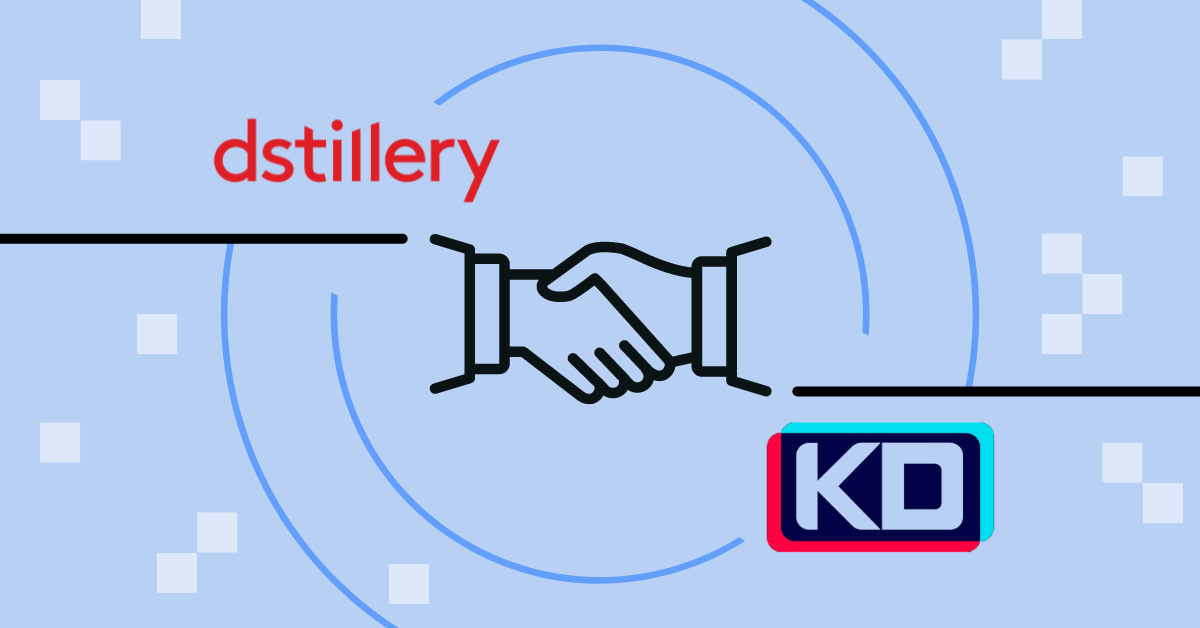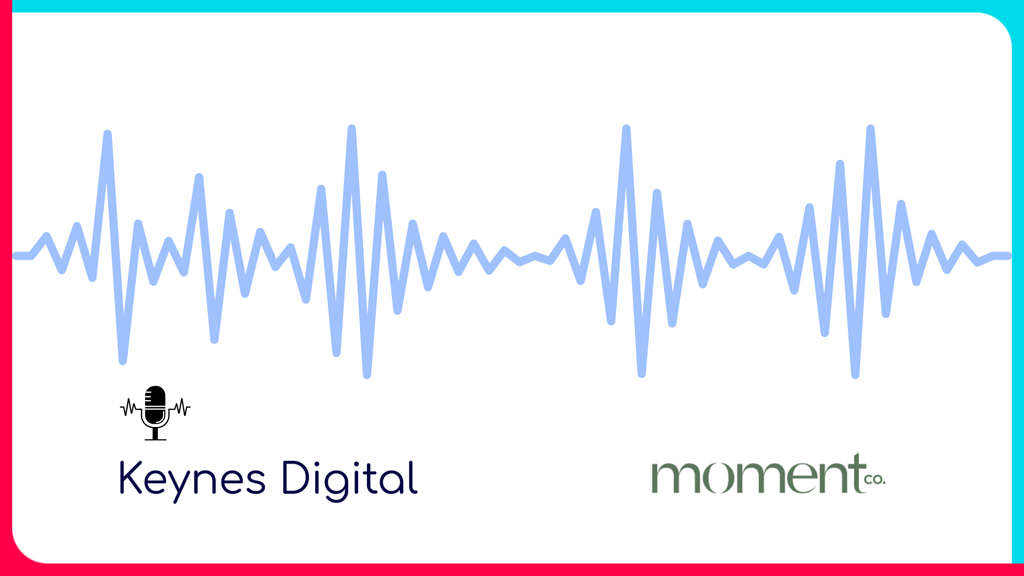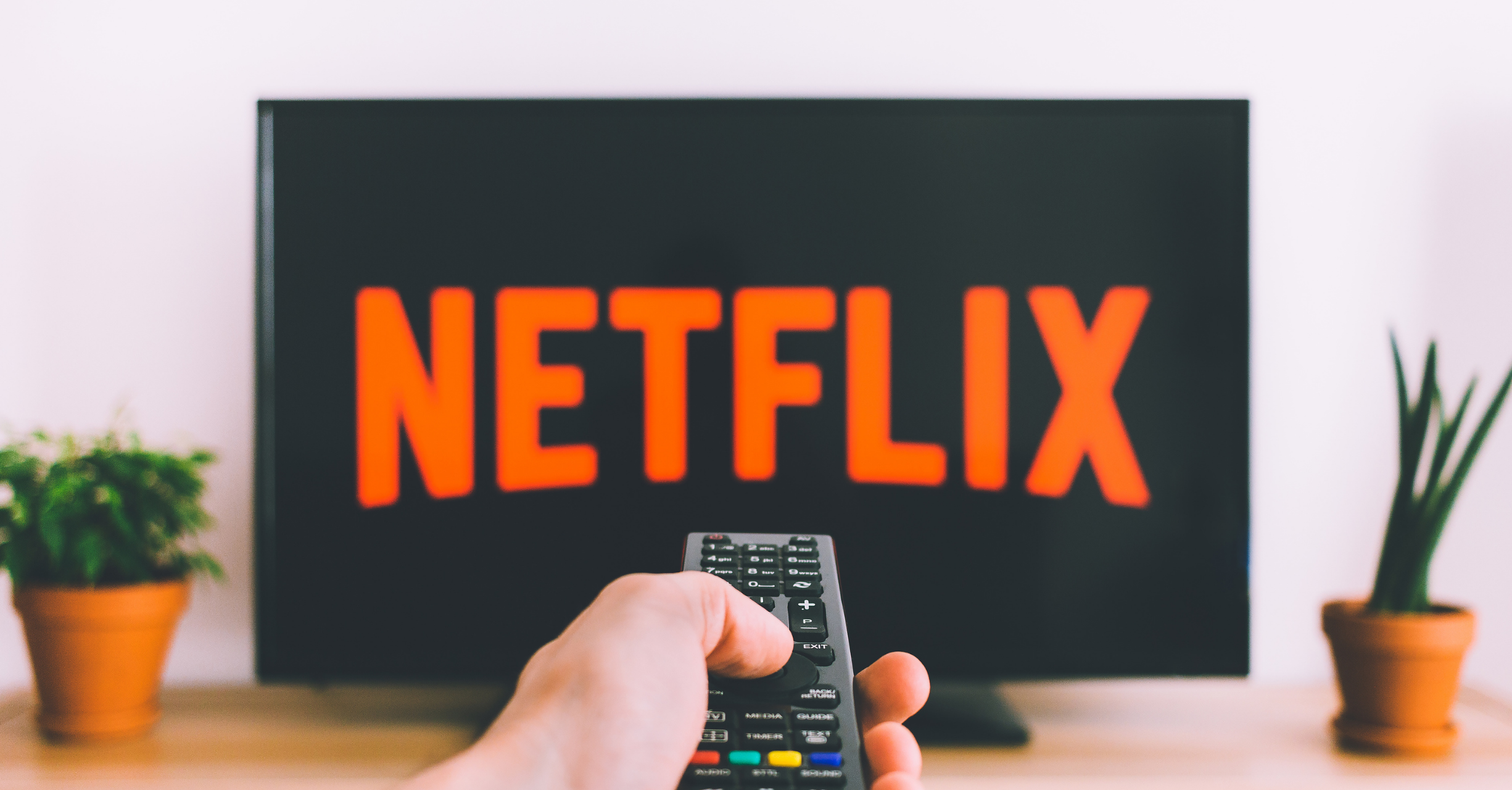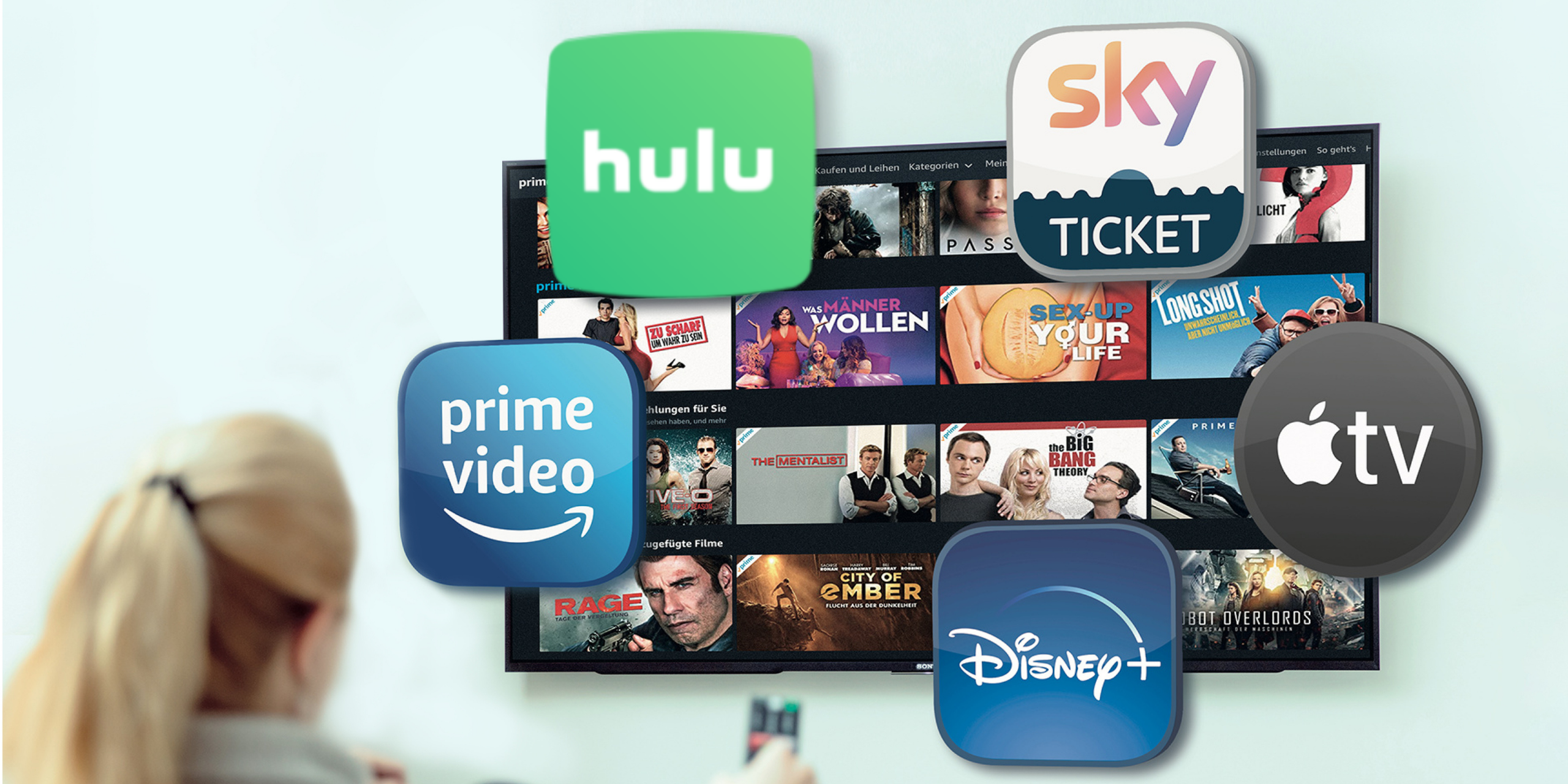FEP Connected TV
FEP Connected TV refers to full episode players on any device that can access the internet. Since Connected TV advertising has become increasingly popular via consumers and advertisers, FEP streaming has gradually taken the place of network TV commercials.
Harnessing the power of Connected TV advertising makes sense for advertisers who plan to incorporate FEP content into their marketing plans. According to Leichtman Research Group, a total of 80 percent of all U.S. households have at least one connected device.
Through an FEP channel, consumers view professionally produced content on any device. FEP channels or devices in which FEP content can be served include mobile applications, web browsers, smartphones, streaming devices, and tablets.
High-quality Connected TV advertising served via FEPs is designed to grab a consumer’s attention. Getting consumers to react quickly to content is a must within the advertising sector. Marketers show set their cap on having six seconds to grab consumers’ attention. Using professional FEPs will increase the likelihood of leaving an impression. Within the first few seconds of an ad, advertisers help consumers create a recall about the brand.
FEP examples include a full-length television show played on Hulu or a comedy special on HBO Max. Full episodes will typically last between 30 and 60 minutes with ad breaks throughout the show. Full-episode player examples are not inclusive of just television programs. They can also include cooking shows, news reports, stand-up comedy specials, and sporting events.
What Is FEP?
Many advertisers often wonder and ask what is FEP exactly. Many get this term confused with others like FEP online video, or video-on-demand. Within the Connected TV advertising sector, there are certain buzzwords that marketers rely on and FEP is one of them. Learning FEP and OTT terminology will assist in choosing the right products and channels for each particular brand. FEP or full episode player essentially appears on any device type. Content has gone through a professional production process and will have the same quality as network TV pieces.
FEP content is accessible through both Connected TV advertising platforms, OTT advertising platforms, and web browsers. FEP has changed the way advertisers evaluate the viability of ad space. In the past, Nielsen ratings were one of the major deciding factors. However, streaming TV video content has become a key player in evaluating advertising goals.
To better understand FEP OTT and other types of Connected TV terminology, marketers can look at a comparison of each type. Many types of Connected TV advertising tactics work together to create a dynamic strategy for an advertiser’s brand. Evaluate the following relationships:
- FEP vs OLV. OLV stands for “online videos”. FEP is considered full-length content that can appear on Connected TV devices and web browsers. They are not abbreviated content like OLV options. OLV ads are short, user-generated, and skippable. These are typically the standard commercial length of 15 seconds and can appear at the beginning, middle, or end of streaming content. While FEP appears in-stream, OLV can happen in-stream or out of stream.
- FEP vs OTT. OTT stands for “over-the-top” and refers to marketing content delivered to viewers directly through OTT streaming platforms such as Hulu, Discovery Plus, and Paramount Plus. The OTT commercials can appear on FEP and pop up on smartphones, tablets, or home computers.
- OTT vs OLV. OTT and OLV can be intertwined within the advertising sector. Online videos are often the ads seen throughout content played on OTT platforms such as Hulu, Peacock, HBO Max, and Apple TV Plus.
- FEP vs CTV. CTV stands for “connected television”, referring to devices that enable connection to the internet. Connected TV examples include Roku, Amazon Firestick, Xbox gaming console, and Apple TV.
What Is Connected TV?
“What is Connected TV advertising?” is a typical question in the marketing world. Connected TV advertising is placed on any smart television or device that is connected to the internet. Connected TV advertising serves different types of TV commercials through available FEP OTT streaming content. The effectiveness of Connected TV advertising has been demonstrated by all brands nationally and internationally. In today’s programmatic space, marketers now feel that Connected TV advertising is the same or more effective than linear TV options.
Connected TV advertising most notably permits automation. Brands can create concrete goals for their Connected TV commercials with instant data sets to assist with decision-making. Potential targeting goals for advertisers include raising brand awareness, gaining new site visitors, and increasing sales or conversions. Connected TV advertising allows for scalability and goal adjustment at any point.
Keep in mind that Connected TV vs OTT is not one and the same. Connected TV refers to internet-enabled television sets. In comparison, OTT refers to the content accessed through the internet. OTT content appears on both Connected TV devices and OLV platforms, like Youtube.
However, many brands have a preference for which type of OTT they are looking to incorporate into their marketing strategies. For instance, advertisers are now shifting towards Connected TV advertising because of the professionally-made content and credibility they gain with their audience.
Connected TV Advertising Examples
Connected TV advertising will appear exclusively on a television that has been connected to the internet. Connected TV advertising platforms include Sony Playstation, Roku, Apple TV, Microsoft Xbox, Amazon Firestick, and smart television sets from manufacturers such as Sony and Samsung. Connected TV advertising statistics show that more and more brands are choosing these platforms.
Statista Research found that Connected TV advertising spending was valued at $9 billion in 2020. The surge in spending from year to year can relate to the positive consumer experience. These high-quality TV shows with FEPs provide seamless viewing for the user allowing them to use multiple devices to access the TV content and in exchange give advertisers their data for a more personalized experience with targeted content.
Advertisers can bid on Connected TV commercial spots to better reach their target audience. One type of Connected TV advertising example is consumer behavior targeting. Marketers can connect with consumers based on their browsing history and viewing habits. For instance, if the user browses online for keto and Paleo diet tips, marketers can use a Connected TV commercial to educate them about dietary support products they may be interested in and learn more about.
Additional Connected TV advertising examples are demographic targeting and time targeting. Connected TV advertising can even be targeted and served based on the age, gender, and location of the viewer. For the latter, advertisers may choose to run their TV commercials based on the time of day. As one example, advertisers may want to bid on ad space that will only run in the later evening hours if it’s an adult product brand.
What is Addressable TV?
When evaluating FEP as part of an advertising strategy, marketers often also consider addressable TV. Not only should marketers want to know what is addressable TV, but also how does addressable TV work. Addressable TV allows for different households to be served different TV commercials. The addressable TV commercials are TV broadcasted while viewing professionally produced FEPs. The addressable TV commercials can be seen on both streaming and linear platforms. Addressable TV serves content based on targets like demographics. Addressable TV examples include TV commercials served via set-top boxes or video-on-demand programming. Marketers collect data about a household and evaluate that data to determine what TV advertisements appeal most to them.
Addressable TV vs OTT is a simple comparison. Addressable TV doesn’t necessarily need delivery through the internet like OTT TV. OTT TV is delivered through internet-connected devices that serve TV streaming content from providers such as Hulu, Amazon Prime Video, Peacock, and Paramount Plus. Most addressable TV commercials are made available through set-top providers and not streamers. TV providers that may deliver addressable TV include Comcast, Cablevision, Dish Network, and Time Warner.
What Is Linear TV Advertising?
Linear TV marketing is not the same as Connected TV advertising, and Linear TV commercials are not considered highly targeted in the same way as Connected TV commercials. Linear TV often relies on Nielsen ratings that demonstrate the popularity of a time slot or show. Any targeting would be done based on limited data like the geographic area of viewers.
Linear TV examples include TV commercials that market cleaning products through a TV network’s set schedule. When asking what is non linear TV, the best terms used are Connected TV or on-demand viewing. Viewers watch content whenever they want through on-demand libraries.
When looking at Connected TV vs linear TV for advertisers, Connected TV advertising is preferred. For instance, advertisers may be targeting the wrong audience more often than not through linear TV space. Linear TV relies on many assumptions, some of which may be inaccurate. For instance, many households may be child-free and don’t wish to have a constant string of commercials for toys while viewing daytime programs.
In comparison, Connected TV advertising reaches households regardless of the time of day or even the show that’s being viewed. Instead, data points such as age, income, and gender help decide what Connected TV advertisements are shown while consumers watch television. Connected TV advertising hits a brand’s niche audiences at the best times, reducing wasteful advertising spending.
Industry Expert Insights
We are your high-touch, performance-focused streaming TV and programmatic advertising partner. Our team of experts and a one-of-a-kind data-driven platform connects you to the best streaming TV marketing strategies.












